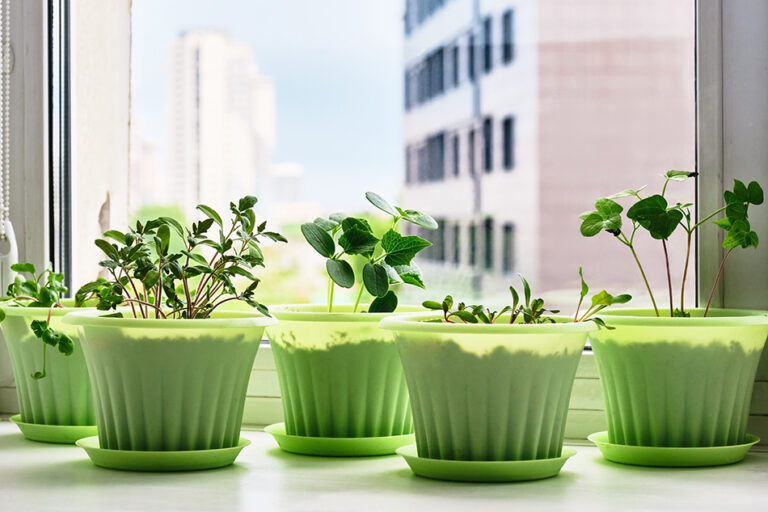A couple of weekends ago I came home from the grocery store with a week’s supply of food. As I went to put the cold things away, the same thing happened that occurs every week. Probably at least half of the produce was soggy, brown, or moldy and had to be tossed. There was a pack of fish we’d thawed but forgotten about behind a stack of leftovers we’d packed up but unfortunately never eaten. Once I took the time to clean out all of the inedible food, over half the fridge was gone!
As I layered the wasted food into our compost, I realized that even though we would reuse this food in our garden, I hadn’t truly considered the harm this waste had already done to the environment. So, I did a google search, and it’s estimated that between 50-70 percent of our resources are used for agriculture and that 3.6 billion tons of carbon gets used each year producing and transporting food that never gets eaten.
When I saw this stat, I wondered why I was wasting so much food? What was happening in my life that somehow made this acceptable? I definitely don’t remember my family throwing away this much food when I was a kid, so what’s changed since then? I came up with a couple of things I think apply to many of us when it comes to food consumption.
It Feels Good when the Fridge is Full
I think there’s a sense of comfort in seeing fully stocked shelves. I know I love that feeling of abundance that comes on a Sunday morning when we’re all stocked up for the week. I overbuy when I’m at the store thinking we won’t have enough if I don’t grab just one more leafy butter lettuce. But guess what? It’s always more than enough because life happens. Maybe we’ll have a crazy busy week and wind up ordering delivery on Thursday instead of eating the leftovers as planned. Then Friday rolls around and we get invited out with to happy hour with friends. Long story short, lots of food in our fridge was going bad; something had to change.
Plan to Reduce
For the past few weeks, I’ve used planning to reduce our food waste by about 30 percent. The main thing I did was to plan out the week’s meals minus two days; one for leftovers and the other for last-minute delivery or dining out. I decided if those things didn’t come up, we’d figure it out and sure enough, we still had plenty of food.
The other helpful part of meal planning was that I only purchased the fresh ingredients that were called for by the recipes. I think this really made a big dent in our food waste as I resisted the urge to buy that one extra bunch of bell peppers just because they’re pretty.
Finally, we made a serious commitment to eating leftovers one night a week and to packing the rest for lunch. We did this by repurposing the leftovers into new meals. Veggies and proteins turned into quesadillas or stir fry and we felt like it was a new meal. Our food waste still isn’t perfect, but we’ve reduced our carbon footprint by keeping our fridge clean and saved a bunch of money in the process. We’d love to hear the tips and tricks you use to reduce your food waste; please share!
Author: Becci Goodall





